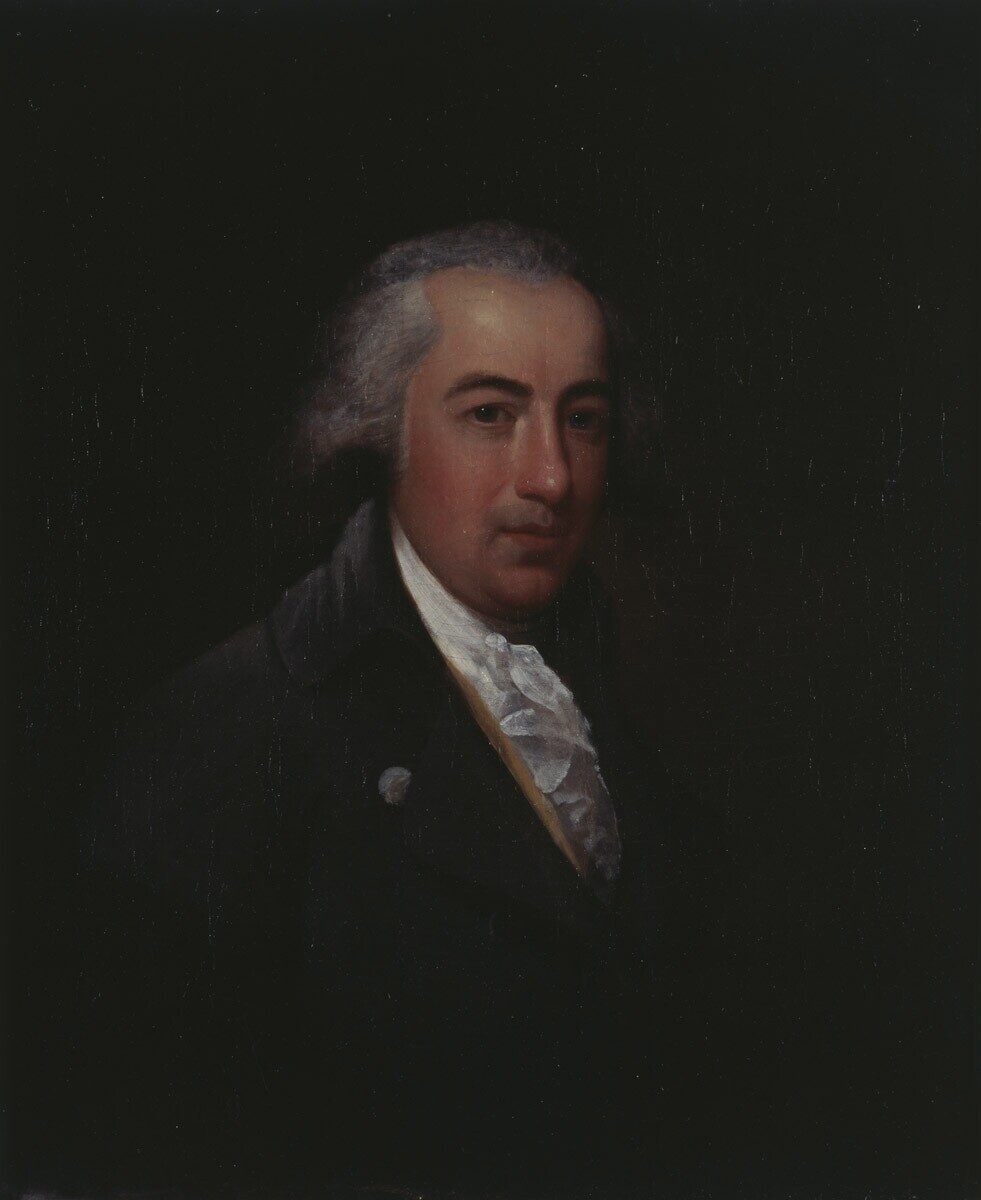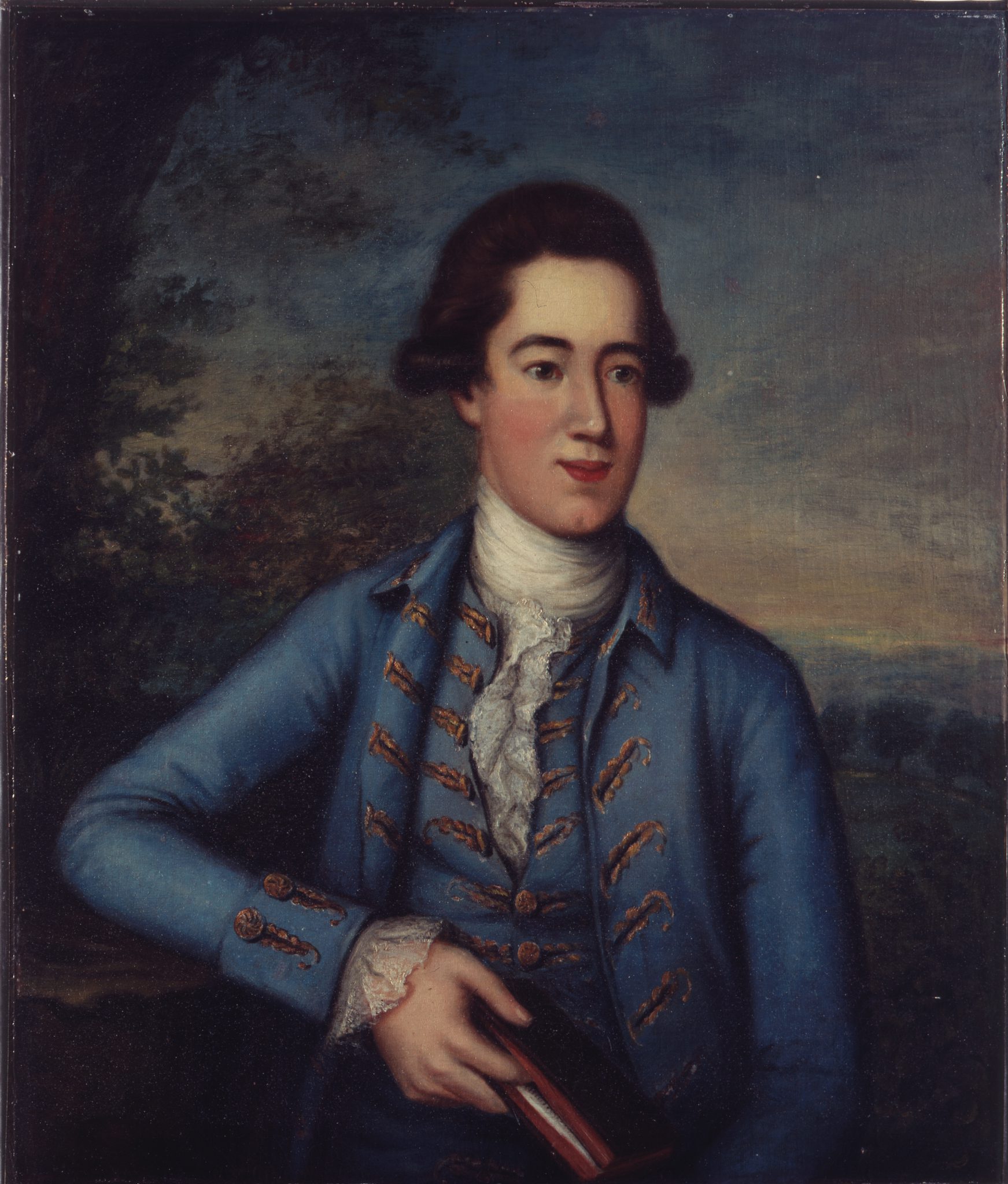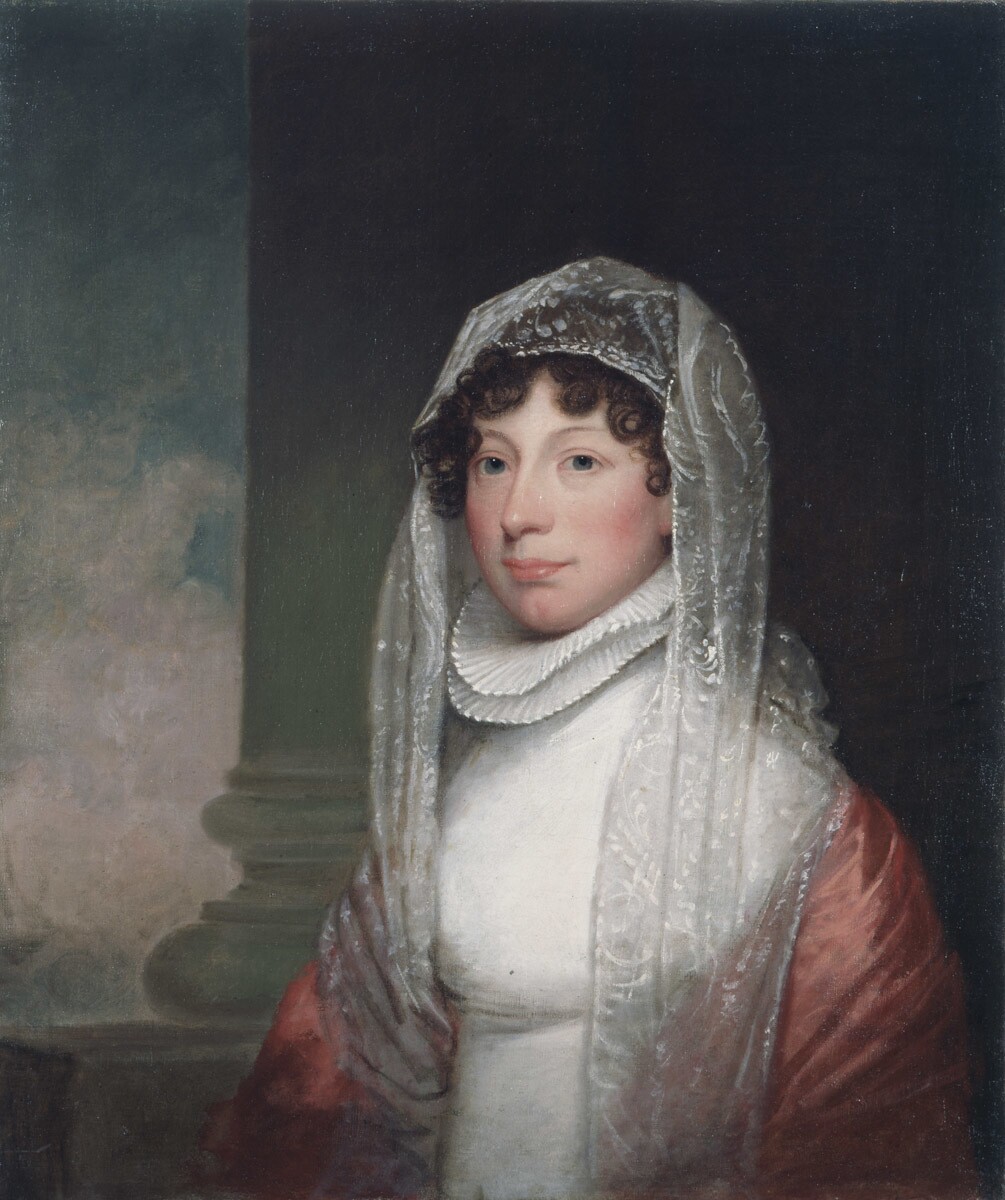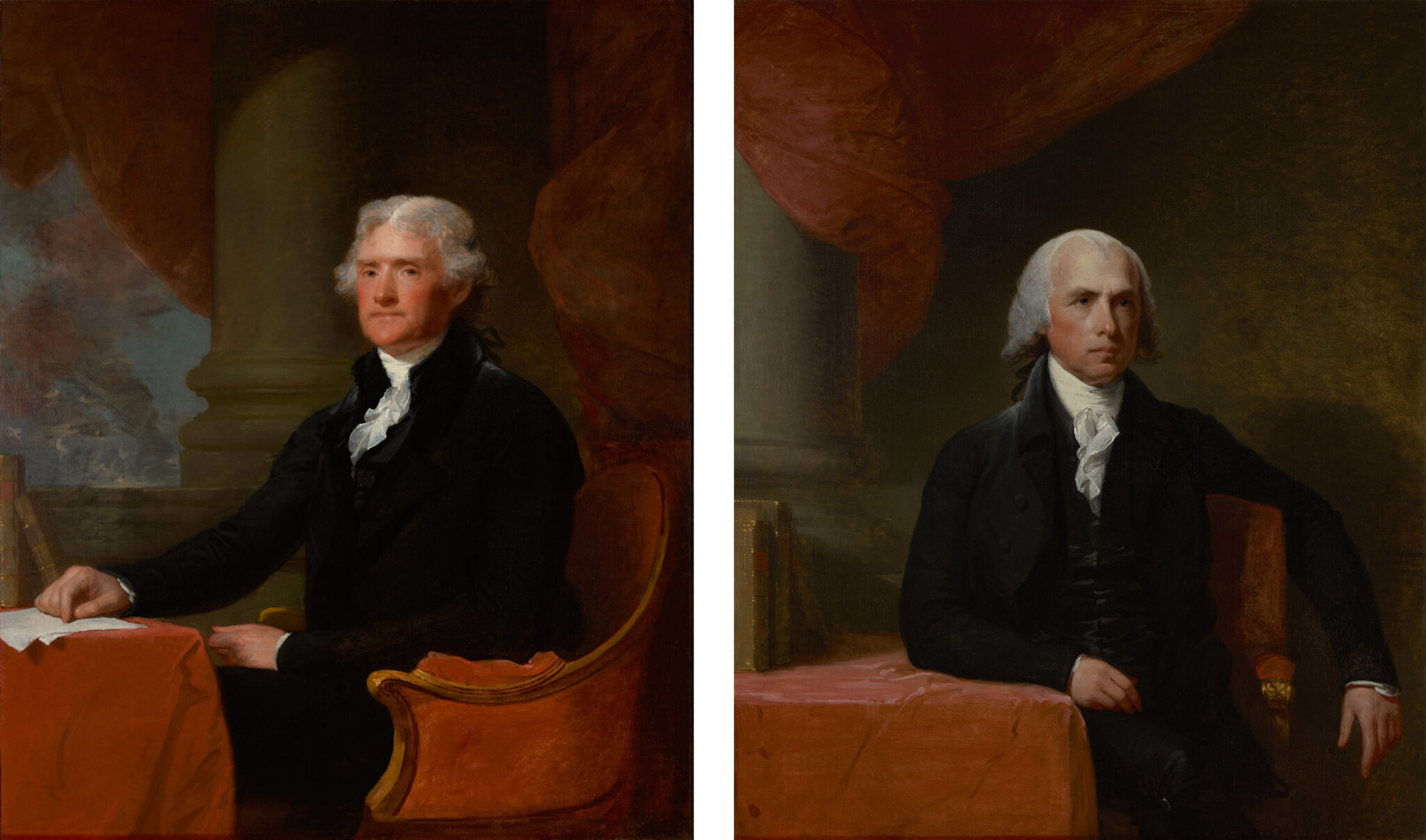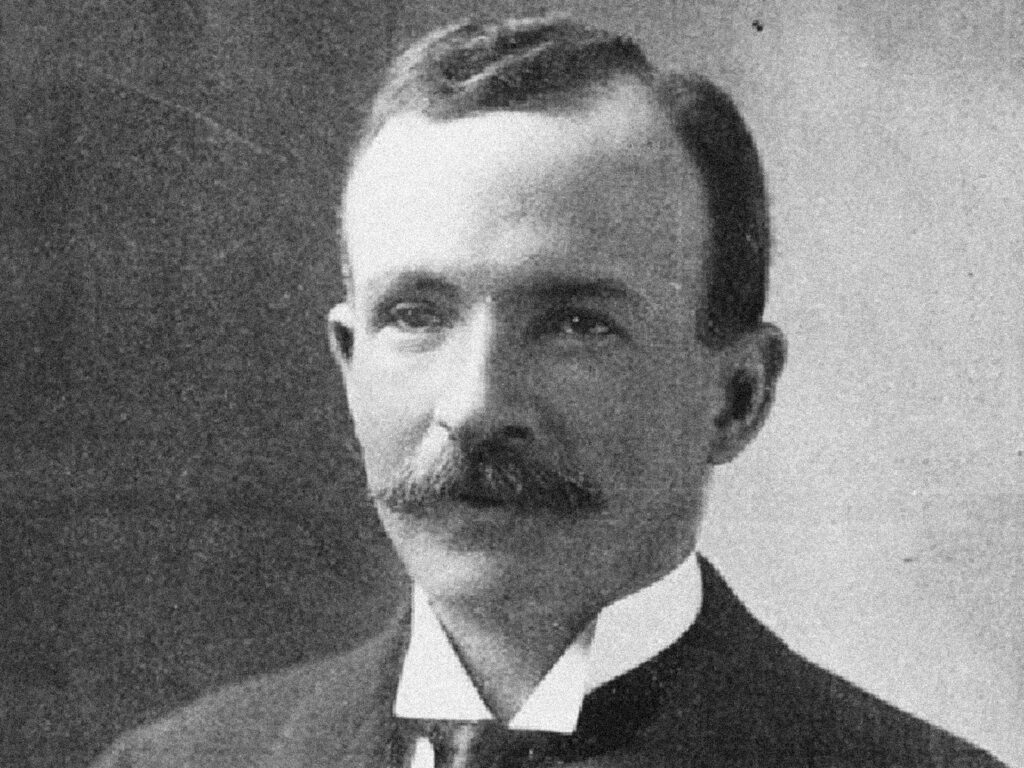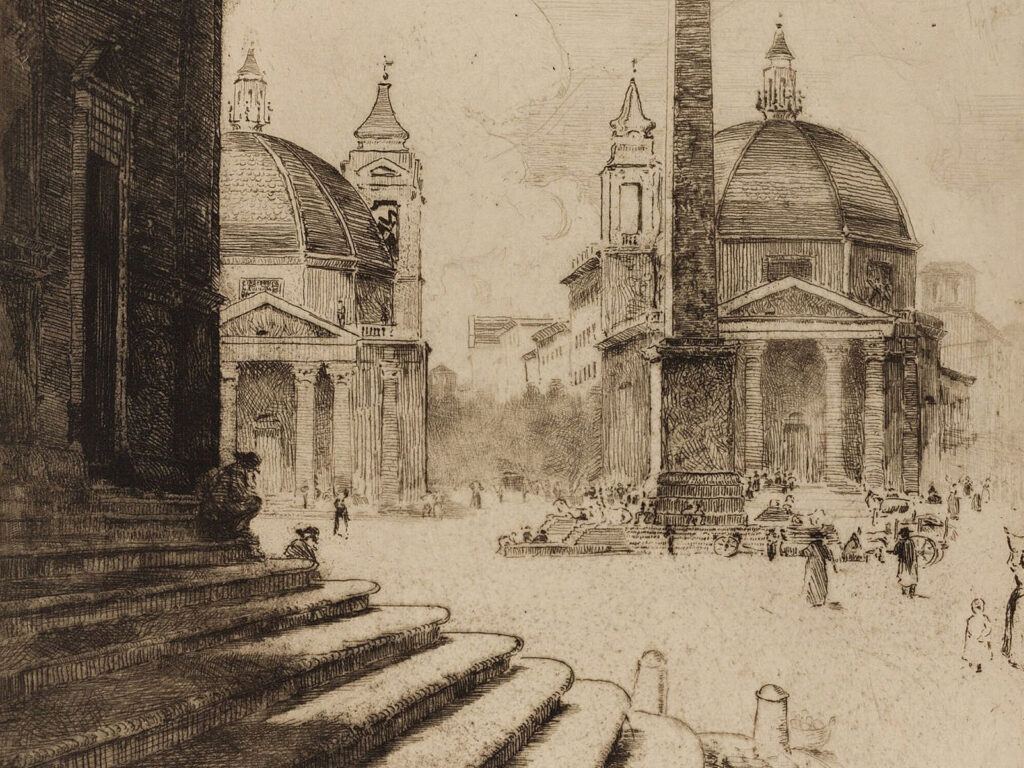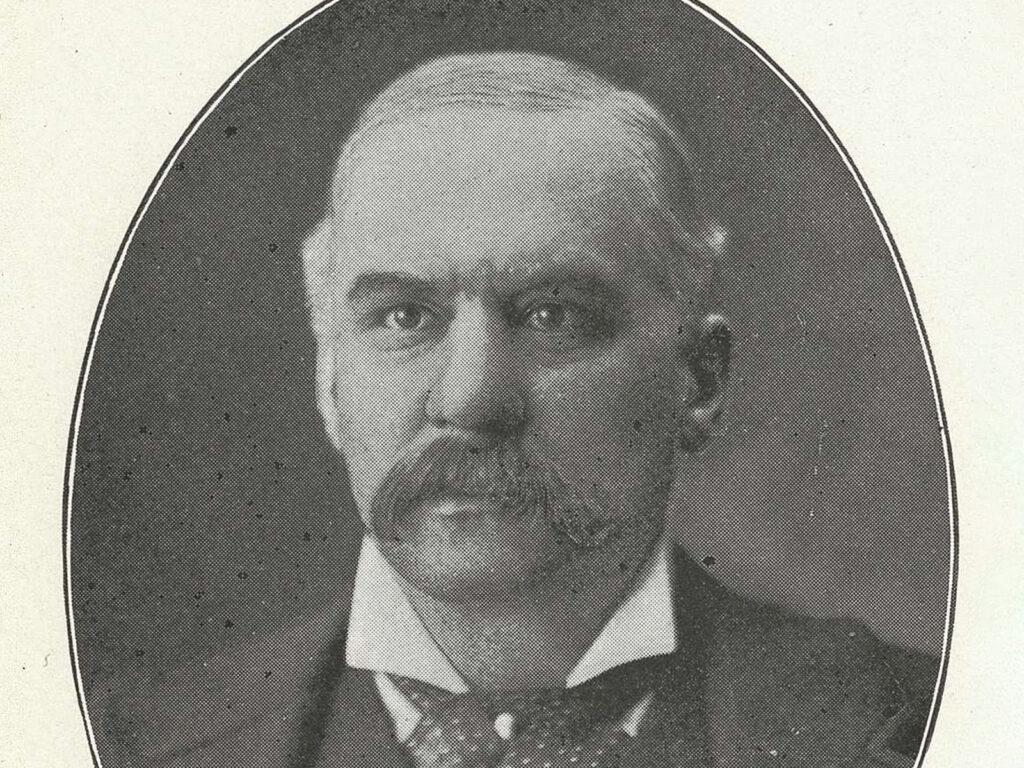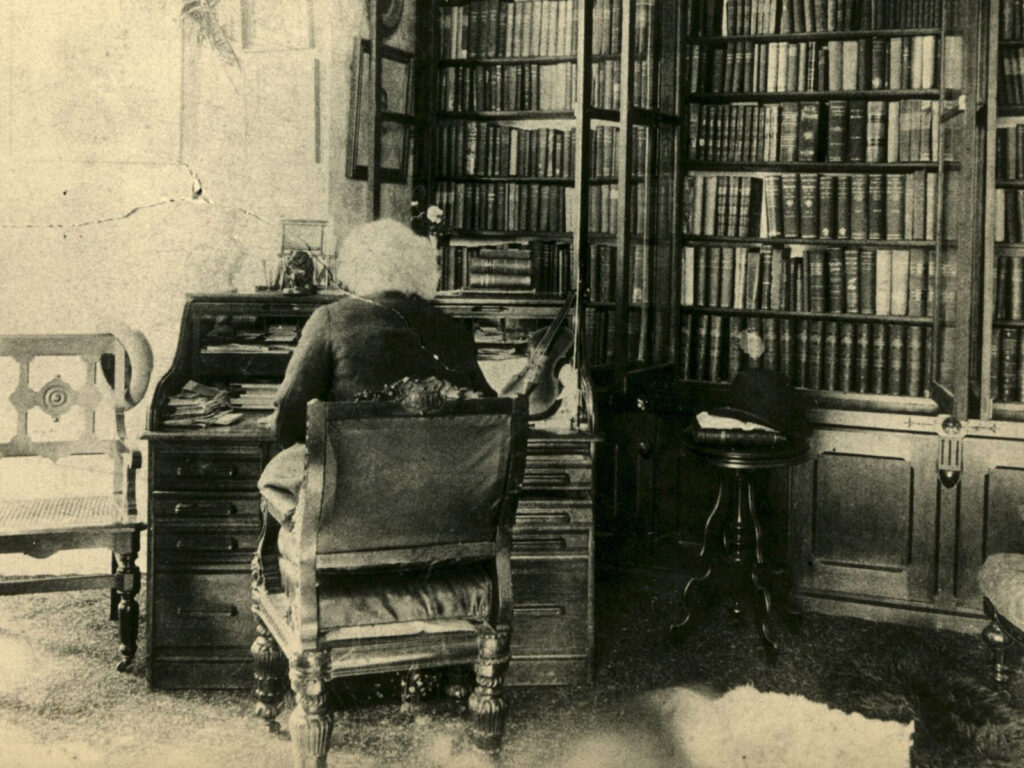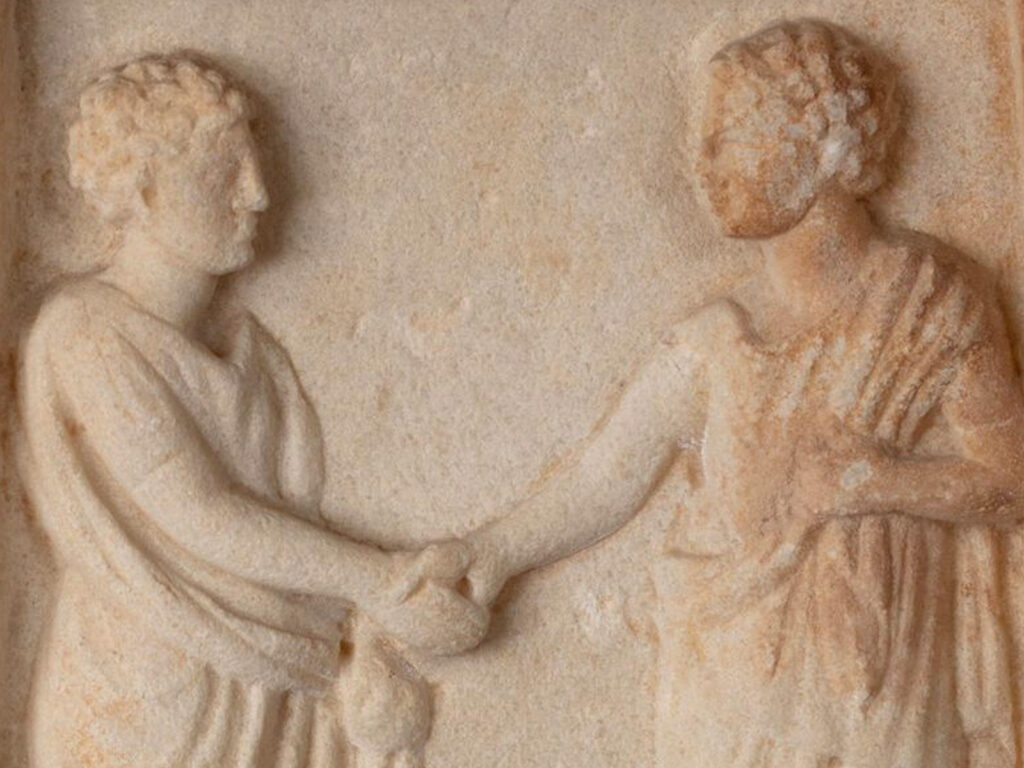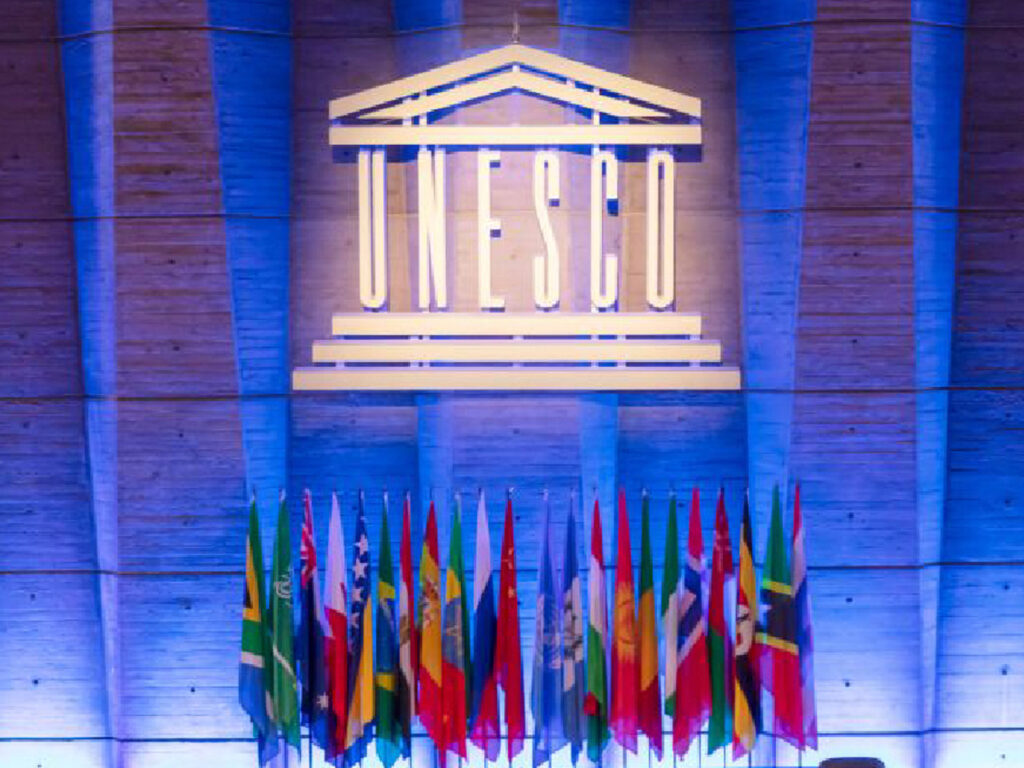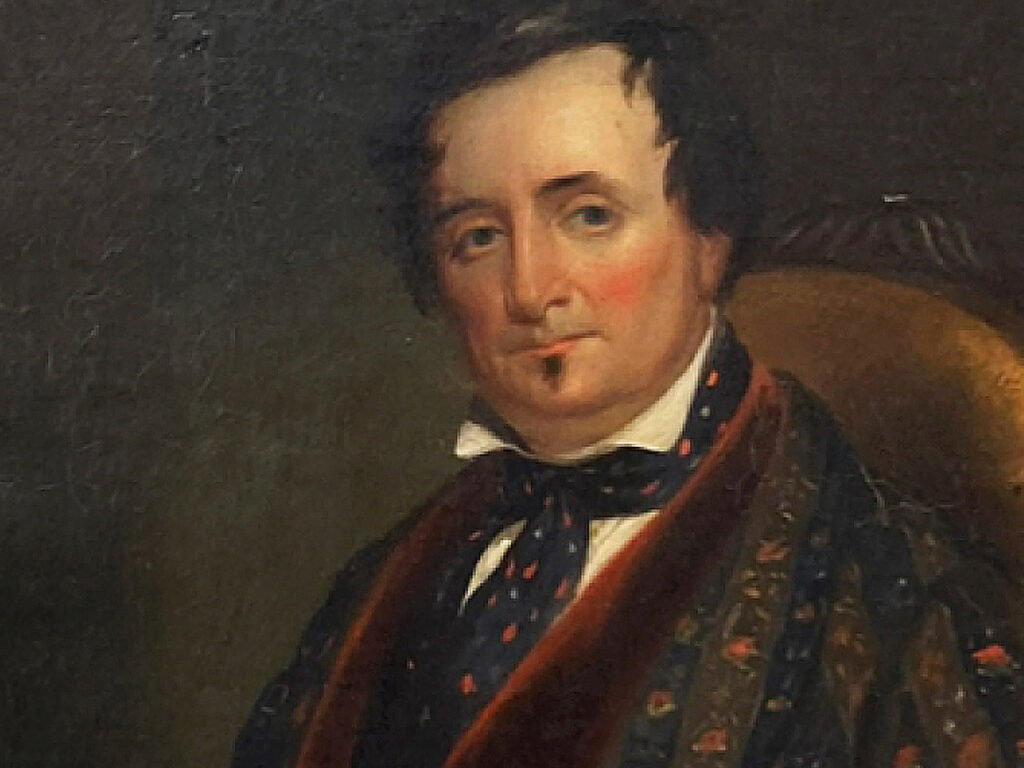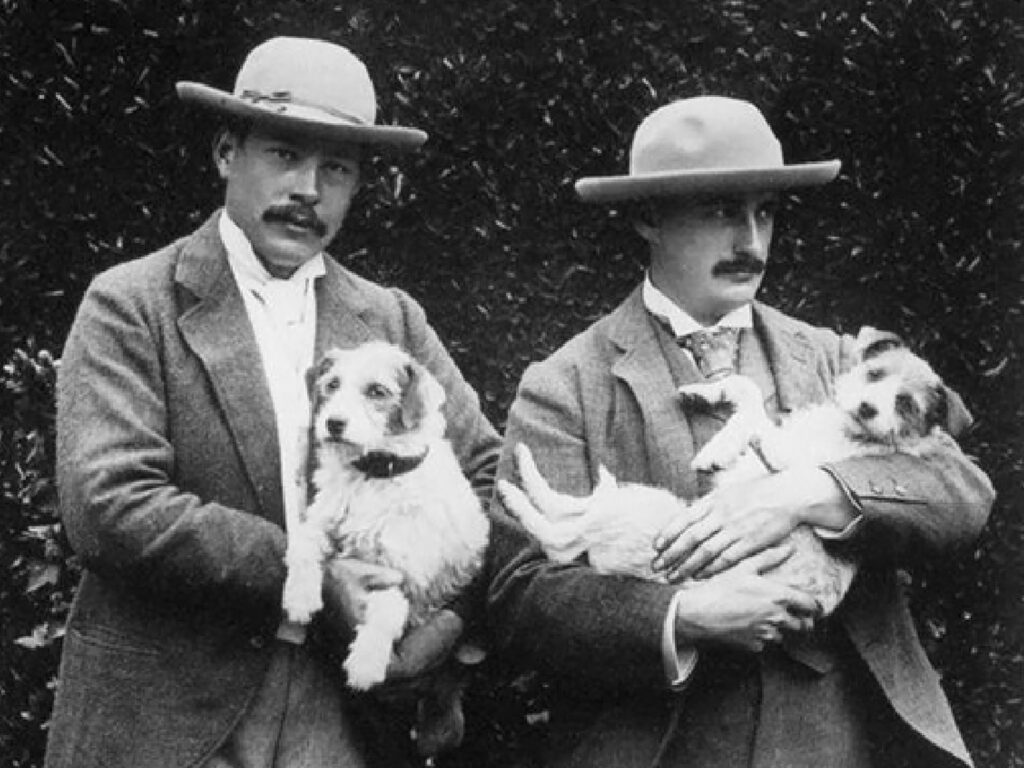The Museum’s core collection came from James Bowdoin III (1752–1811), who bequeathed over two hundred objects to the College—a sizeable collection during this era in the United States. Bowdoin’s bequest—which created one of the first public collections in the country—included 141 old master drawings and some six dozen paintings, many of which are inspired by antiquity. Bowdoin figured among a small group of leading figures—Thomas Jefferson being another—who recognized the value of art in fostering enlightened ideals and philosophical contemplation among a budding republic. Bowdoin’s life, travels, and collecting practices illustrate the trend among American elite society of the late eighteenth and early nineteenth centuries towards classicism as an expression of taste and refinement.
James Bowdoin III was the son of the wealthy merchant and second governor of Massachusetts, James Bowdoin II. Both father and son were prominent proponents of the American revolution in New England. On graduating from Harvard in 1771, Bowdoin III embarked on the first of several European travels made during his lifetime, studying at Oxford and making the traditional pilgrimage by elite youth through Europe known as the Grand Tour. In fact, Bowdoin and his companion, Nicholas Boylston, were among the first Americans to possess both the means and the motivation to take part in the Grand Tour tradition.
The genesis of the Bowdoin College Museum of Art can, in no small part, be traced to Bowdoin’s travels in England, France, and the Italian peninsula (from 1771–1773 and again from 1805–1808). During his travels, Bowdoin was exposed to ancient ruins, archaeological sites, European museums, and collections like those of Sir William Hamilton in Naples, who had recently independently published and then sold his collection of hundreds of Greek vases and bronzes to the British Museum. Boylston’s diary of his travels with Bowdoin confirms the sense of awe and wonder the pair felt in their exposure to such grand European collections and ancient Mediterranean sites like Vesuvius. Bowdoin’s encounters with art and antiquity in Europe dramatically shaped his tastes and his aspirations; it is perhaps no wonder that Bowdoin III felt the impulse to collect.
